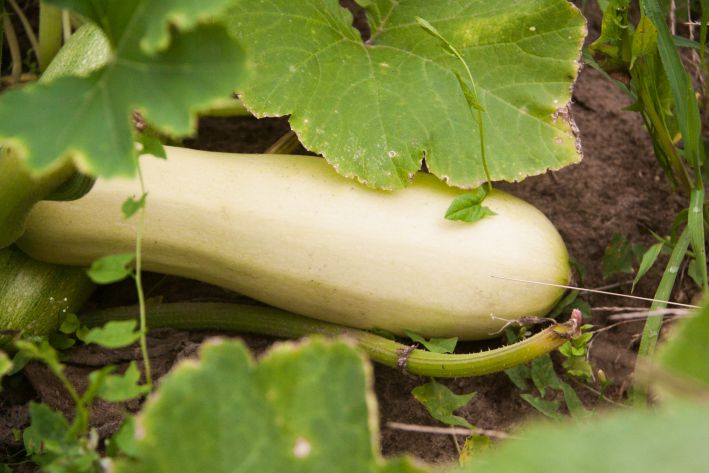Zucchini is an undemanding crop.
It does not need ideal soil, regular watering or fertilizers.
However, some gardeners may encounter the problem of rotting and yellowing of young zucchini in the garden. And if the problem is not solved, you can easily lose the entire harvest, says Anastasia Kovrizhnykh.

Reasons and solutions
If young zucchini begin to turn yellow or rot, there may be several reasons for this:
1. Incorrect planting location. Not only the yield, but also the plant's immunity depends on this. Experienced gardeners know that zucchini should be grown in a new bed every year.
During the process of growth and maturation, the bush takes all the necessary microelements from the soil, making it poor and unsuitable for further cultivation of this crop.
And if the zucchini are sick, then fungal spores or pests may remain in the soil after them. Therefore, it is necessary to take a break of 3-4 years before sowing the plants in the same place.
Experienced gardeners recommend planting zucchini in beds where tomatoes, onions, carrots and cabbage were previously grown. These crops are almost not susceptible to diseases and are safe for zucchini. It is also not worth sowing zucchini after melons, as they have identical diseases and pests.
2. Weather conditions. Zucchini are heat-loving and require a lot of sunlight and air. With excessive watering or when temperatures drop, photosynthesis slows down. As a result, the ripening fruits do not receive the necessary amount of substances and the ovary begins to fall off.
Also, excess moisture that accumulates in the soil leads to rotting of the plant's root system and a decrease in its immunity.
The following measures will help solve these problems:
- Mulching the soil. Helps to avoid over-watering.
- to protect plants from precipitation, you can install covers made of transparent film over the beds;
- To prevent zucchini from freezing at night, experienced gardeners place bottles of water or bricks near the bushes. They heat up during the day and give off their heat at night. You can also put straw under the fruit to prevent them from touching the ground.
3. Excess or lack of microelements. If there is not enough iodine or boron in the soil, then young fruits begin to turn yellow and fall off.
It is important to know that iodine deficiency can be caused by watering the plant with too hard water. To normalize the level of microelements, it is necessary to apply complex fertilizers.
It is necessary to adhere to the dosage indicated in the instructions for use. Otherwise, an excess of microelements will also negatively affect the condition of the crop.
4. Planting too close together. Zucchini should be thinned out regularly, as their large leaves will block sunlight and air flow if planted too close together.
As a result, rot will begin to appear on young fruits and they will eventually disappear. To avoid this, you should sow the plants less densely (the optimal distance between bushes is 50 cm). At the same time, it is better to remove old leaves and buds immediately, since over time they will begin to rot and provoke the appearance of fungus.
By following the above recommendations, you can not only achieve a good yield of zucchini, but also prevent the causes that can lead to their rotting and yellowing.
Earlier we wrote about how to speed upthe fruiting of zucchini .









